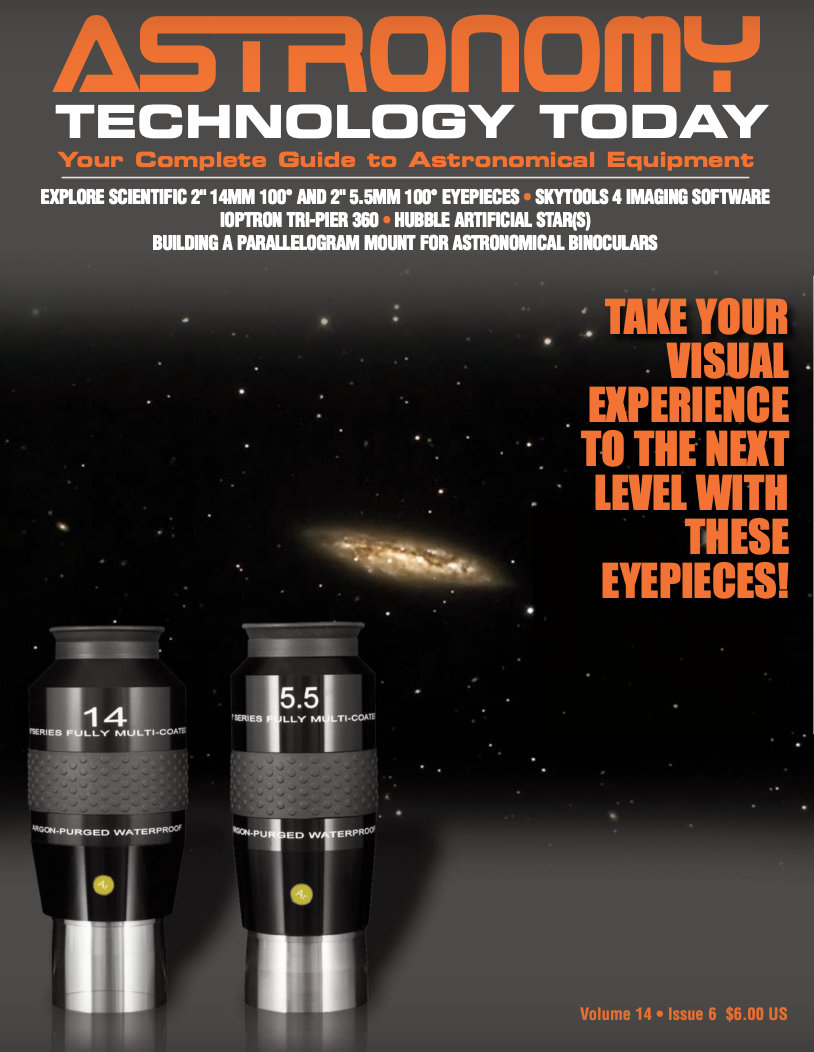Observatory 1.6.1 is now available on the Mac App Store.
In this update we have fixed a regression in the Library Navigator that was causing its overzealous closing of folders.
When importing images, Observatory now automatically handles the incorrect scale in the WCS solution generated by ASIAIR PRO. Overlays and tags in Observatory will now be correct if you use this device to plate solve your images.
ESO has fixed a regression in their service to access raw observational data. As a result, access to the ESO archive using Observatory‘s Virtual Observatory has been restored. To better serve our needs in Observatory, we took this opportunity to adjust what data is returned. Results are now limited to the following instruments:
- EMMI/LaSilla: A multipurpose instrument for observations in the visible wavelengths at La Silla Observatory in Chile, retired in 2008.
- FORS1/VLT: An instrument at Paranal Observatory in Chile, retired in 2009 to make space for XSHOOTER.
- FORS2/VLT: An instrument mounted on the VLT 8.2m UT1 Antu telescope at Paranal Observatory in Chile.
- OMEGACAM/VST: A camera for the VLT Survey Telescope, a 2.6m telescope designed specifically for wide-field imaging at Paranal Observatory in Chile.
- VIMOS/VLT: A wide field imager mounted on the VLT 8.2m UT3 Melipal telescope at Paranal Observatory in Chile.
- WFI/LaSilla: The Wide Field Imager is permanently mounted on the 2.2m MPG/ESO telescope at La Silla Observatory in Chile.
- XSHOOTER/VLT: An imager mounted on the VLT 8.2m UT2 Kueyen telescope at Paranal Observatory in Chile.
A change in the HST service prevented Observatory‘s Virtual Observatory from searching HST images. This has been resolved.
